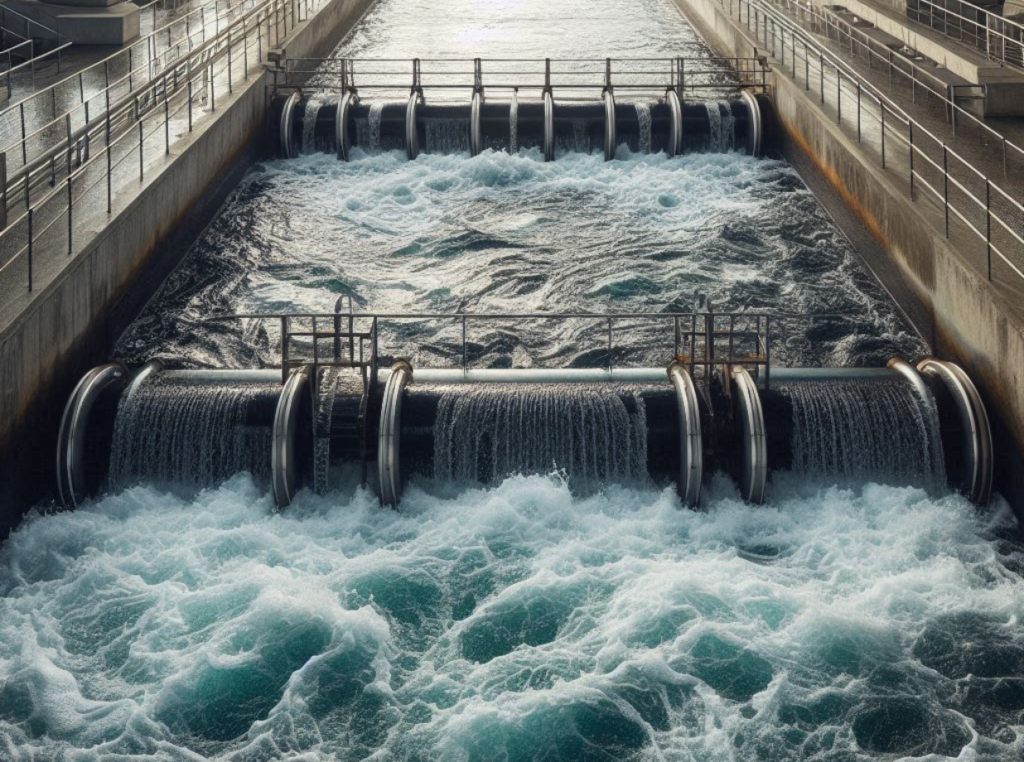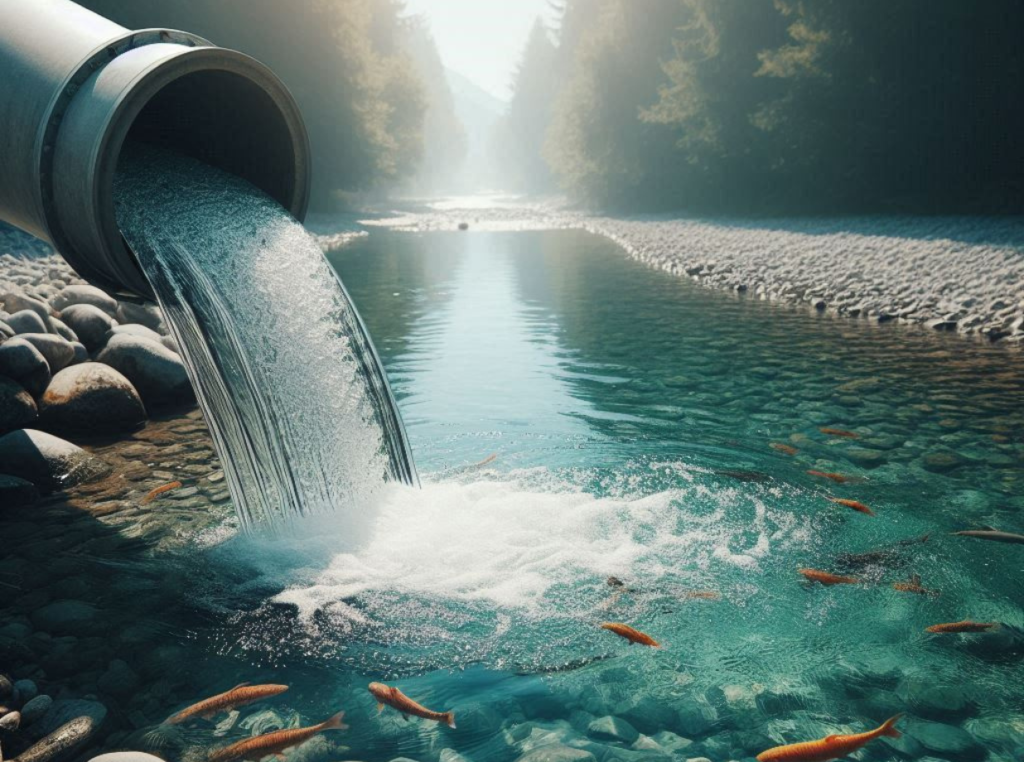Wastewater, whether from domestic, industrial, or agricultural sources, contains a wide range of contaminants, including organic matter, suspended solids, and various chemical compounds. The treatment of this wastewater is essential to protect the environment and public health. By understanding the role of pre-aeration tanks, we can gain a deeper appreciation for the importance of this often-overlooked component in the wastewater treatment process.

Key Takeaways
- Pre-aeration tanks play a crucial role in wastewater treatment by enhancing oxygen transfer and biological activity.
- The purpose of pre-aeration is to improve sludge settling and clarification, as well as to reduce odors and volatile organic compounds.
- Effective pre-aeration can optimize downstream treatment processes and contribute to environmental and economic benefits.
- Factors such as design, maintenance, and operational considerations influence the effectiveness of pre-aeration tanks.
- Understanding the importance of pre-aeration in wastewater treatment is essential for achieving efficient and sustainable treatment processes.
The Purpose of Pre-Aeration in the Treatment Process
Pre-aeration is the introduction of air or oxygen into the wastewater stream before it enters the primary treatment stage. This initial aeration step serves a crucial purpose in the overall treatment process. By introducing air or oxygen into the wastewater, the pre-aeration tank initiates the breakdown of organic matter and prepares the wastewater for more advanced biological treatment.
The purpose of pre-aeration is twofold. Firstly, it helps to increase the dissolved oxygen levels in the wastewater, which is essential for the growth and activity of aerobic microorganisms. These microorganisms play a vital role in the effective breakdown of organic pollutants, setting the stage for the subsequent treatment stages. Secondly, pre-aeration helps to condition the wastewater, making it easier for the subsequent sedimentation and clarification processes to remove suspended solids and other contaminants. By preparing the wastewater in this way, the pre-aeration stage enhances the overall efficiency of the entire treatment system.
Enhancing Oxygen Transfer and Biological Activity
The introduction of air or oxygen in the pre-aeration tank is a crucial step in the wastewater treatment process. This aeration step helps to increase the dissolved oxygen levels in the wastewater, providing the necessary conditions for the growth and activity of aerobic microorganisms. These microorganisms are essential for the effective breakdown of organic pollutants, as they utilize the available oxygen to metabolize and transform the organic matter into simpler, less harmful compounds.
The enhanced oxygen availability in the pre-aeration tank promotes the proliferation and activity of these aerobic microorganisms, accelerating the biological treatment process. This increased biological activity leads to a more efficient breakdown of organic matter, reducing the overall organic load and preparing the wastewater for the subsequent treatment stages. By optimizing the oxygen transfer and biological activity in the pre-aeration tank, the treatment system can achieve higher levels of contaminant removal, ensuring that the treated effluent meets the required environmental standards.
Improving Sludge Settling and Clarification
The pre-aeration stage not only enhances the biological activity in the wastewater but also plays a crucial role in improving the settling characteristics of the sludge. By conditioning the wastewater through aeration, the pre-aeration tank helps to make the sludge more easily settable, enhancing the efficiency of the primary and secondary clarification processes.
The improved sludge settling characteristics achieved through pre-aeration are essential for the effective removal of suspended solids and other contaminants from the wastewater. As the sludge settles more efficiently, the clarification stages can effectively separate the solid matter from the liquid, producing a cleaner effluent that can be further treated or discharged. This improved sludge settling also contributes to the overall efficiency of the treatment system, reducing the need for additional sedimentation or filtration steps and minimizing the risk of operational issues.
Reducing Odors and Volatile Organic Compounds (VOCs)
| Pre-Aeration Tank Metrics | Values |
|---|---|
| Reduction in BOD | Up to 30% |
| Improvement in Settling | Up to 50% |
| Reduction in Foaming | Up to 40% |
| Energy Consumption | Reduced by 20% |
In addition to its role in enhancing biological activity and sludge settling, the pre-aeration stage also plays a crucial part in reducing the presence of volatile organic compounds (VOCs) and odorous substances in the wastewater. The aeration process in the pre-aeration tank helps to strip away these volatile compounds, improving the overall air quality around the treatment plant.
The reduction of VOCs and odorous substances is not only important for the comfort and well-being of the plant’s workers and the surrounding community but also helps to minimize the potential for environmental and health concerns. Volatile organic compounds can contribute to air pollution and may have adverse effects on human health and the environment. By effectively removing these compounds in the pre-aeration stage, the wastewater treatment process becomes more environmentally responsible and sustainable.

Optimizing Downstream Treatment Processes
The pre-aeration stage is not an isolated component of the wastewater treatment system; rather, it serves as a crucial foundation for the successful operation of the subsequent treatment processes. By preparing the wastewater and ensuring optimal conditions, the pre-aeration stage sets the stage for the effective performance of the biological treatment, disinfection, and other downstream processes.
When the wastewater is properly aerated and conditioned in the pre-aeration tank, the downstream treatment steps can operate more efficiently. The enhanced oxygen availability and the reduced organic load in the wastewater facilitate the growth and activity of the microorganisms responsible for biological treatment, leading to higher contaminant removal rates. Similarly, the improved sludge settling characteristics and the reduced presence of volatile compounds contribute to the overall effectiveness of the disinfection and final effluent polishing stages.
By optimizing the pre-aeration stage, the entire wastewater treatment system can function more effectively, producing a higher-quality treated effluent that meets the necessary environmental standards and regulations. This optimization of the treatment process not only benefits the environment but also contributes to the overall efficiency and cost-effectiveness of the wastewater management operations.
Factors Influencing the Design of Pre-Aeration Tanks
The design of pre-aeration tanks is a critical aspect of the wastewater treatment process, as it directly impacts the efficiency and effectiveness of the entire system. Several factors must be considered when designing these tanks to ensure optimal performance.
One of the primary factors is the wastewater flow rate, which determines the size and capacity of the pre-aeration tank. The tank must be able to accommodate the expected flow rates, both during normal operations and during peak periods, to ensure that the aeration process is not overwhelmed. Additionally, the organic loading of the wastewater, which refers to the concentration of organic matter, is another crucial factor that influences the design. The aeration equipment and process control systems must be tailored to the specific organic load to achieve the desired level of oxygen transfer and biological activity.
Other design considerations include the desired level of aeration, the type of aeration equipment (e.g., diffused air systems, mechanical aerators), and the overall process control strategies. These factors must be carefully evaluated and integrated into the tank’s design to ensure that the pre-aeration stage operates at peak efficiency, setting the stage for the successful downstream treatment processes.
Maintenance and Operational Considerations
Maintaining the pre-aeration tanks and associated equipment is essential to ensure their continued efficient operation. Regular inspections, cleaning, and preventive maintenance are crucial to extend the lifespan of the pre-aeration system and minimize the risk of operational disruptions.
The aeration equipment, such as diffusers or mechanical aerators, must be regularly checked and serviced to ensure optimal performance. Clogged or malfunctioning aeration devices can significantly reduce the oxygen transfer efficiency, compromising the overall effectiveness of the pre-aeration stage. Additionally, the tanks themselves must be inspected for any structural issues, corrosion, or accumulation of sludge, which can impair the flow and aeration patterns.
Proper operational monitoring and process control are also essential for the efficient functioning of the pre-aeration stage. Parameters such as dissolved oxygen levels, pH, and temperature must be closely monitored and adjusted as needed to maintain the desired operating conditions. By implementing a comprehensive maintenance and operational strategy, the pre-aeration tanks can continue to play their crucial role in the overall wastewater treatment process, contributing to the production of high-quality treated effluent.

The Environmental and Economic Benefits of Effective Pre-Aeration
The importance of pre-aeration tanks in wastewater treatment extends beyond the immediate operational benefits; it also has significant environmental and economic implications. When the pre-aeration stage is designed and operated effectively, it contributes to the overall environmental sustainability of the wastewater treatment process.
Proper pre-aeration helps to improve the quality of the treated effluent by enhancing the removal of organic matter, suspended solids, and other contaminants. This higher-quality effluent can be safely discharged into the environment or even reused for various purposes, such as agricultural irrigation or industrial applications, reducing the strain on freshwater resources.
Furthermore, the enhanced efficiency and optimization of the pre-aeration stage can lead to cost savings in terms of energy consumption, chemical usage, and sludge management. The increased biological activity and improved sludge settling characteristics can reduce the need for energy-intensive aeration or chemical treatment in the downstream processes. Additionally, the reduced sludge production can lower the costs associated with sludge handling and disposal.